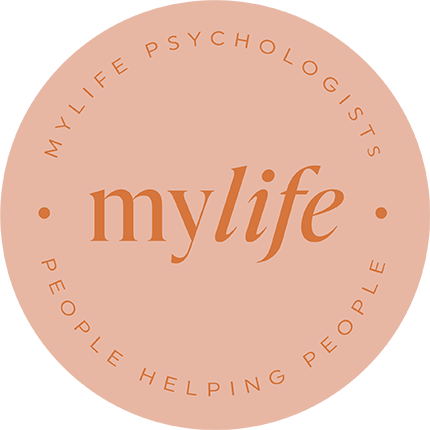What is a Panic Attack?
A panic attack is a sudden, intense wave of fear or discomfort that builds quickly – usually within 1 to 10 minutes. It involves a combination of physical and psychological symptoms that can feel overwhelming and terrifying. Some people experience panic attacks regularly, even daily. For others, they may only occur occasionally, sometimes just once every few years.
During a panic attack, the body activates the “fight or flight” response. This is our built-in alarm system that prepares us to face danger. Your heart beats faster, your breathing speeds up, and more oxygen reaches your muscles. If you were in real danger – like being chased by a wild animal – this response would help you react quickly and stay safe.
But in a panic attack, this alarm goes off even though there’s no real threat. It’s like a false alarm, triggering a full fear response without any immediate danger.

Common Symptoms of a Panic Attack
Symptoms of a panic attack vary from person to person. Most people experience a mix of physical and psychological signs, including:
- Shortness of breath
- A racing or pounding heart
- Chest pain or discomfort
- Sweating
- Dizziness or light-headedness
- Nausea or stomach upset
- Chills or hot flushes
- Shaking or trembling
- Numbness or tingling
- Feeling detached from yourself or your surroundings
- Fear of dying
- Fear of “losing control” or “going crazy”
These symptoms can feel distressing and unpredictable, especially if you don’t understand what’s happening.
What is Panic Disorder?
Panic disorder develops when a person experiences repeated panic attacks and starts to fear having more. The fear of future attacks can become overwhelming and lead to behaviour changes. People may begin avoiding certain situations, especially places where previous panic attacks occurred. They might also rely on “safety behaviours” such as always carrying medication or only going out with someone they trust.
These avoidance strategies may offer temporary comfort but often reinforce the fear in the long term. Over time, this cycle can reduce quality of life and increase distress. Panic disorder is relatively common, affecting about 5% of people at some point in their lives.
Treatment for Panic Attacks and Panic Disorder
Cognitive Behaviour Therapy (CBT) is one of the most effective treatments for panic attacks and panic disorder. Research consistently shows that CBT is more effective than medication for reducing panic symptoms. However, medication – usually prescribed by a GP – can sometimes be helpful alongside therapy.
CBT helps you identify and challenge unhelpful thoughts, beliefs, and behaviours that fuel anxiety. In therapy, you’ll learn new coping strategies, such as calming breathing techniques and gradual exposure to feared situations. These skills can reduce your fear response and build confidence in managing symptoms.
CBT for panic is usually short-term and structured. Most people benefit from 10 to 15 sessions, depending on their individual needs and goals.
Getting Help
Living with panic attacks can be distressing, but effective help is available. With support and the right treatment, most people experience significant relief and regain control over their lives.
If you’re struggling with panic attacks or think you may have panic disorder, our experienced clinical psychologists can help. Contact us today to book an appointment or arrange a free 15-minute call with our Care Coordinator to find out more.

